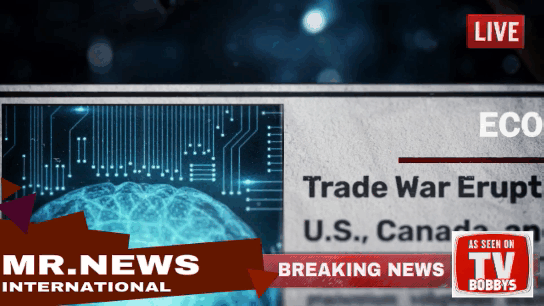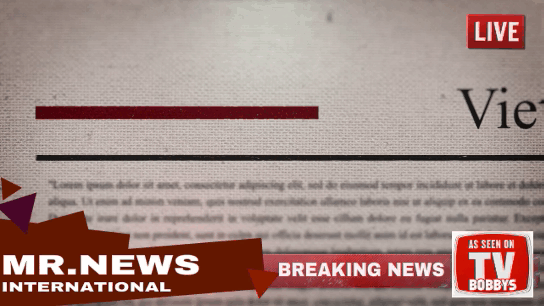-
play_arrow
NEWS NETWORK COMPANY RADIO NEWS NETWORK COMPANY RADIO
-
 play_arrow
play_arrow
MR NEWS Philadelphia Crime News
China’s 2025 has been marked by high-stakes technological ambition, economic recalibration, and intense global scrutiny, as the world’s second-largest economy navigates both internal and external challenges at a pivotal moment in its post-pandemic recovery.
Economic Pulse: Recovery and Recalibration
The World Bank’s latest move defined early October: China’s GDP growth forecast was raised to 4.8%, buoying regional markets and signaling optimism after years of COVID-era stagnation and property sector anxieties. However, analysts warn of slower momentum next year, as consumer confidence and export order volumes show signs of fatigue. Beijing continues to push household spending, domestic consumption, and ‘high-quality development’—pivoting away from its export-led growth model in response to global headwinds and US tariffs.
Made in China 2025: Milestone and Transition
2025 marks the ceremonial conclusion of the “Made in China 2025” initiative, a decade-long drive for self-reliance and leadership in robotics, semiconductors, renewable energy, advanced transport, and electric vehicles. As of this year, China leads the world in battery production, photovoltaic components, and high-speed rail, with electric vehicle maker BYD overtaking Tesla in annual output. However, key goals—especially in semiconductors and next-gen chips—face obstacles stemming from continued export controls and Western sanctions.
Tech and Industry: Innovation at Full Speed
Chinese companies like Huawei and Cambricon are challenging the dominance of American chip giant Nvidia as Beijing accelerates AI integration across sectoral boundaries, aiming to embed AI in manufacturing, healthcare, and service industries by 2030. The ‘low-altitude economy’—focused on urban eVTOLs and drone transport—is touted as the next major market, though fierce talent shortages persist in robotics and vertical manufacturing. The launch of mass-production for the world’s largest amphibious plane, AG600, and breakthroughs in offshore energy highlight the progress made under state-driven tech plans.
Diplomacy and Power: Global Engagement Intensifies
China’s role in international affairs has expanded sharply. Diplomatic moves include Premier Li Qiang’s historic trip to North Korea—the highest-level Chinese visit since 2019—and a growing presence in African markets, leveraging China’s dominance in clean energy and infrastructure to fill gaps left by fading US trade agreements. Relations with the United States remain tense, as President Trump’s hardline tariffs and China’s retaliatory measures unsettle global supply chains, pressuring Beijing to accelerate domestic innovation and resource stockpiling—including the addition of 11 new oil reserve sites in 2025 and 2026.
Society and Governance: Centralization and Control
With the Two Sessions political meeting in March looming large, President Xi Jinping continues tightening centralized control, with crackdowns on “killjoy” social media posts and heightened surveillance. Human rights organizations highlight ongoing repression and restrictions on free expression, as the ruling party prepares for new strategic goals in the upcoming five-year plan debate.
Major Events and Cultural Calendar
China remains a global showcase: from China Fashion Week and the internationally acclaimed Dragon Boat Festival, to major athletic and scientific milestones like the 9th Asian Winter Games in Harbin, the lunar Chang’e-6 probe’s historic moon sample collection, and a wave of new holidays added to the national calendar in 2025. Rising disposable incomes and e-commerce growth boost sectors like anti-aging products, which increasingly fuse cultural heritage with scientific innovation to meet rapidly evolving consumer demands.
The Road Ahead
With its signature industrial targets in sight and a volatile global landscape, China faces a crucial test in maintaining stability, fostering innovation, and embracing environmental stewardship while navigating demographic headwinds and social concerns. The nation’s performance in the next phase of growth will be watched closely by markets, governments, and citizens worldwide.
China’s 2025 story is a tapestry of ambition and tension—melding futuristic innovation with the pressure of domestic reform and the weight of international expectation. As the world’s eyes remain fixed on Beijing, the year promises to shape the direction of the nation’s economy, society, and technological legacy for years to come.
Written by: NEWS NET CO
Similar posts
Copyright NEWS.NET.CO - HOST: MR. NEWS




Post comments (0)